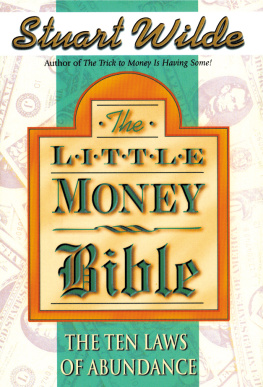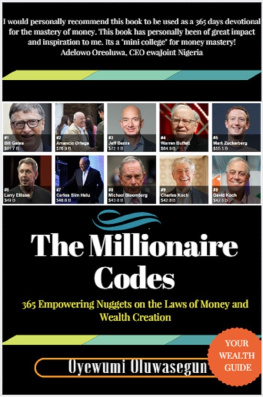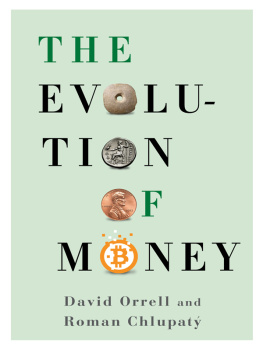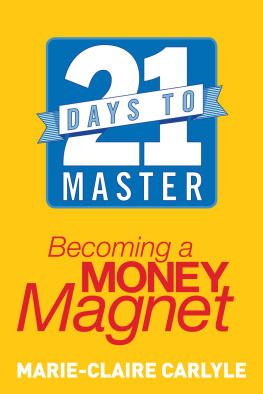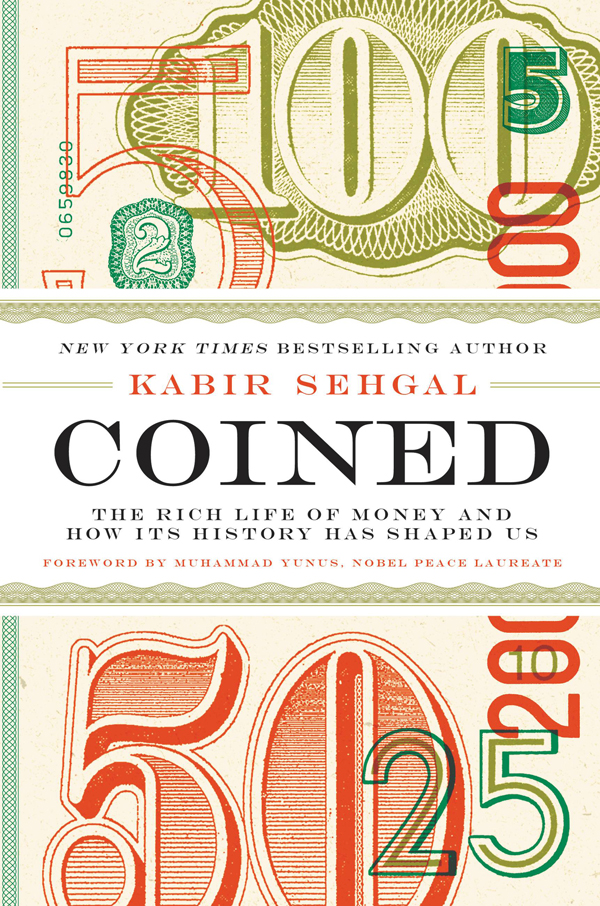Kabir Sehgal - Coined: The Rich Life of Money and How Its History Has Shaped Us
Here you can read online Kabir Sehgal - Coined: The Rich Life of Money and How Its History Has Shaped Us full text of the book (entire story) in english for free. Download pdf and epub, get meaning, cover and reviews about this ebook. year: 2015, publisher: Grand Central Publishing, genre: Romance novel. Description of the work, (preface) as well as reviews are available. Best literature library LitArk.com created for fans of good reading and offers a wide selection of genres:
Romance novel
Science fiction
Adventure
Detective
Science
History
Home and family
Prose
Art
Politics
Computer
Non-fiction
Religion
Business
Children
Humor
Choose a favorite category and find really read worthwhile books. Enjoy immersion in the world of imagination, feel the emotions of the characters or learn something new for yourself, make an fascinating discovery.

- Book:Coined: The Rich Life of Money and How Its History Has Shaped Us
- Author:
- Publisher:Grand Central Publishing
- Genre:
- Year:2015
- Rating:3 / 5
- Favourites:Add to favourites
- Your mark:
Coined: The Rich Life of Money and How Its History Has Shaped Us: summary, description and annotation
We offer to read an annotation, description, summary or preface (depends on what the author of the book "Coined: The Rich Life of Money and How Its History Has Shaped Us" wrote himself). If you haven't found the necessary information about the book — write in the comments, we will try to find it.
The importance of money in our lives is readily apparent to everyone--rich, poor, and in between. However grudgingly, most of us accept the expression Money makes the world go round as a universal truth. We are all aware of the power of money--how it influences our moods, compels us to take risks, and serves as the yardstick of success in societies around the world. Yet because we take the daily reality of money so completely for granted, we seldom question how and why it has come to play such a central role in our lives.
In Coined: The Rich Life of Money And How Its History Has Shaped Us, author Kabir Sehgal casts aside our workaday assumptions about money and takes the reader on a global quest to uncover a deeper understanding of the relationship between money and humankind. More than a mere history of its subject, Coined probes the conceptual origins and evolution of money by examining it through the multiple lenses of disciplines as varied as biology, psychology, anthropology, and theology. Coined is not only a profoundly informative discussion of the concept of money, but it is also an endlessly fascinating and entertaining take on the nature of humanity and the inner workings of the mind.
Kabir Sehgal: author's other books
Who wrote Coined: The Rich Life of Money and How Its History Has Shaped Us? Find out the surname, the name of the author of the book and a list of all author's works by series.

